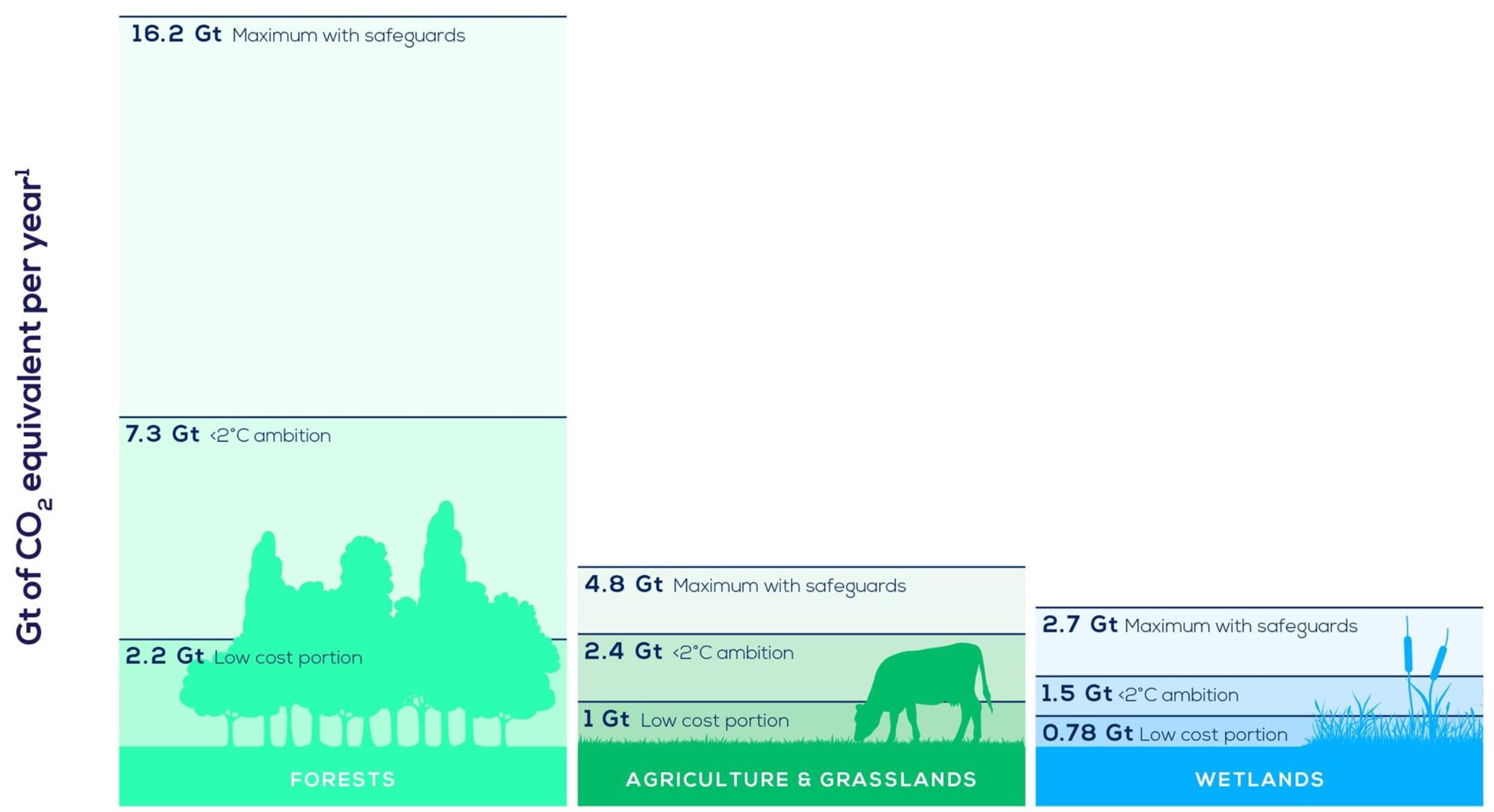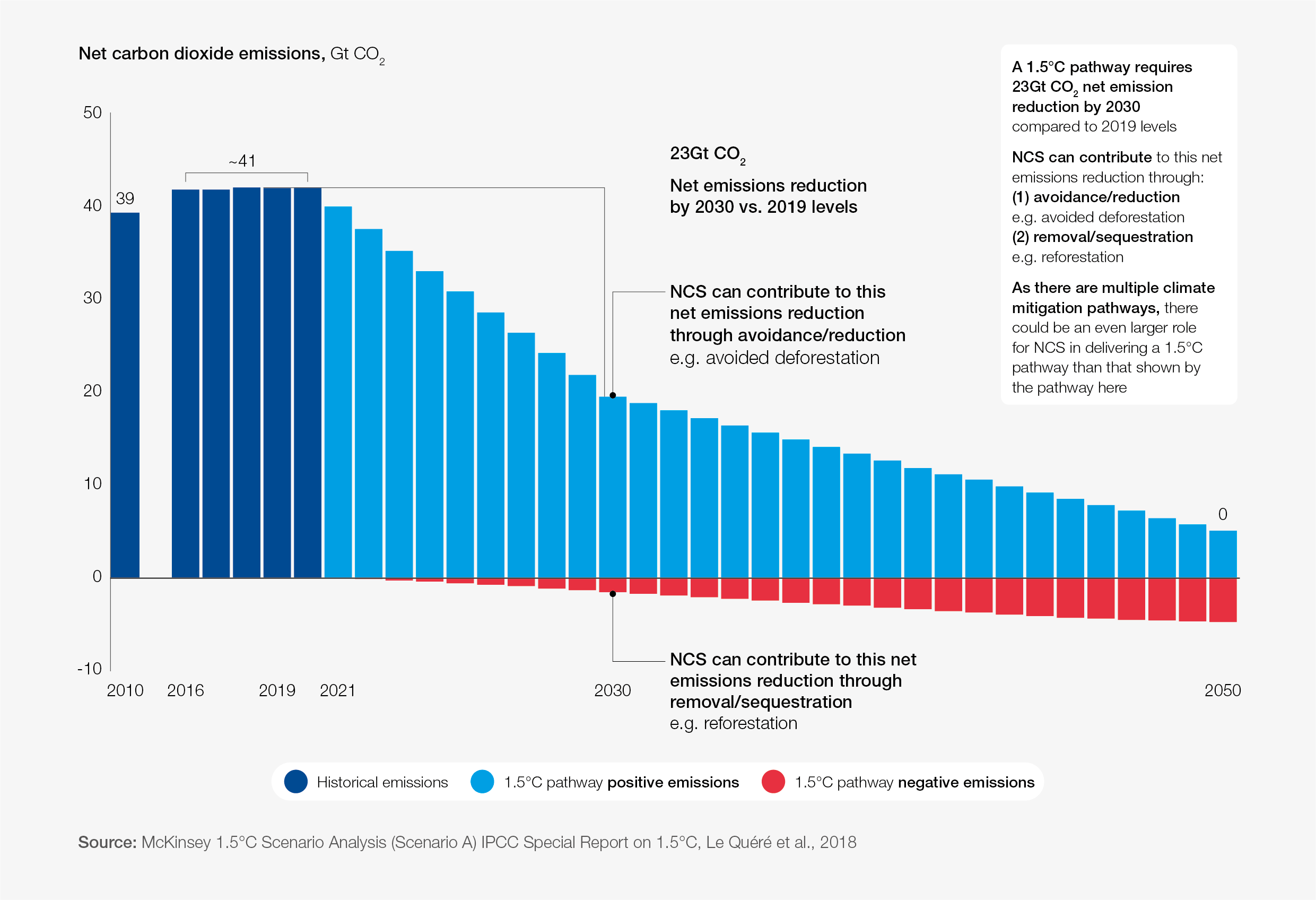Pollution to products? Recycled carbon emissions are coming to consumer shelves
Around the world, technological innovations to capture, store, reuse or replace carbon pollution are on the rise.
Image: REUTERS/Gleb Garanich
Stay up to date:
SDG 11: Sustainable Cities and Communities
- Innovative solutions to address climate change are using carbon dioxide to develop plastic, soap and fabric.
- "Upcycling" carbon emissions to create consumer products offers a potential $1 trillion annual market in the United States alone.
- But such industries are still nascent, said Noah Deich, co-founder and president of Carbon180, a carbon removals non-profit.
A long-forgotten industrial fermentation process is allowing a small share of climate-changing carbon pollution to be turned into household products, with the first items available this year.
Backers say the process, known as gas fermentation, uses carbon captured from the air, industrial smokestacks, municipal solid waste or other sources to create "green chemicals" that can be turned into plastics, soaps, fabrics, perfumes and more.
"A lot of people think stuff like this is science fiction. They don't realize there are already plants running," said Jennifer Holmgren, chief executive of LanzaTech, a "carbon recycling" company based in Chicago but with operations worldwide.
Holmgren said the company's process is similar to that used to make wine or beer, but instead of sugar its engineered microorganisms eat industrial emissions such as carbon dioxide, carbon monoxide and more to produce ethanol.
That, in turn, can be used to make the basic components for a variety of everyday products that typically rely on fossil fuels as their building blocks.
In April, LanzaTech, together with Unilever and India Glycols, announced a new laundry detergent made using carbon emissions captured at a steel mill in China.
In July, sportswear company Lululemon Athletica announced it would start selling clothing made with polyester yarn created through LanzaTech's gas fermentation.
"It's really about the circular economy - we imagine a world where you take your waste back and reuse it," Holmgren told the Thomson Reuters Foundation.
Around the world, technological innovations to capture, store, reuse or replace carbon pollution are on the rise.
Last week, the world's largest plant designed to suck carbon dioxide from the air opened in Iceland, and President Joe Biden announced a goal of converting the U.S. airline industry to fully sustainable jet fuel by mid-century.
Synthetic biology - like that used to make LanzaTech's products - could play a key part in the transition away from fossil fuels and to a climate-smarter economy, backers say.
Michael Jewett, a professor of chemical and biological engineering at Northwestern University in Illinois, said that finding ways to use carbon emissions to replace the "raft of products made from chemicals from petroleum" could have a significant impact on climate change.
Fossil fuels everywhere
Industrial gas fermentation dates back at least a century but the technology was ultimately overtaken by products based on cheap petroleum, said Jewett, whose lab has worked with LanzaTech.
Today carbon-based products include "the carpet we set our feet on in the morning, the toothbrush in our mouth, the shampoo for our hair, the clothes we wear and the detergents used for our laundry," said an April report from the Nova-Institute, a German research group looking at greening the chemical industry.
Currently 85% of carbon used in such products comes from fossil fuels, the report found. It estimated that demand for such items will more than double by mid-century.
LanzaTech, created in 2005, aims to supplant that need for fossil fuels by instead tapping carbon dioxide.
It currently has two commercial plants in China making more than 15 million gallons of ethanol a year, using carbon captured from the flues of an alloy and a steel plant.
The process is drawing attention from other companies, though Holmgren said none is as far along as LanzaTech, which also is working on producing greener jet fuel, perfumes and product packaging.
"We are seeing a rapid development of industrial biotechnologies, which is making high performance ingredients with a low CO2 impact much more accessible," Jonathan Hague, a vice president with Unilever Home Care, told the Thomson Reuters Foundation in a statement.
The U.S. government is now backing LanzaTech's efforts, this year awarding it a U.S. Department of Energy grant worth $4.1 million to try to bolster its ability to turn waste carbon dioxide into a fossil fuel substitute.
"We have to develop entirely new types of technologies to enable a new carbon economy - one that captures, efficiently uses and stores more carbon than it emits," said David Babson, a program director with department's Advanced Research Projects Agency–Energy initiative, or ARPA-E.
"Traditionally ARPA-E and others have been thinking about new energy technologies as a means to replace petroleum or fossil carbon or to reduce emissions," he said.
But as it has become increasingly clear that global climate goals no longer can be met through emissions reductions alone, as globally emissions continue to rise, the initiative has also looked at ways to get climate change-driving emissions already in the air back out, he said.
"We have to engineer a bunch of negative emissions pathways," he said.
$1 Trillion Market
"Upcycling" carbon emissions to create consumer products offers a potential $1 trillion annual market in the United States alone, according to a 2018 estimate from Carbon180, a carbon removals non-profit.
It points to fuels, building materials and plastics as some of the biggest opportunities.
But such industries are still nascent, said Noah Deich, co-founder and president of Carbon180, a carbon removals non-profit.
He estimated there are dozens of startups and research projects today but few that have generated "meaningful" revenue.
LanzaTech is one of the few companies building full-scale commercial projects, Deich said, suggesting that lessons from the company's work will "help the whole industry move faster".
What is the World Economic Forum doing on natural climate solutions?
He said the sector is at an "inflection point" as the technology advances and "the first wave of carbontech companies are moving beyond demonstration scale into commercial pilots".
Removing carbon from the atmosphere remains hugely expensive, he said, but turning captured carbon into consumer products can provide an important revenue stream, driving down the overall costs.
"These early efforts can flip the paradigm of carbon dioxide from pollutant to resource," he said.
Accept our marketing cookies to access this content.
These cookies are currently disabled in your browser.
Don't miss any update on this topic
Create a free account and access your personalized content collection with our latest publications and analyses.
License and Republishing
World Economic Forum articles may be republished in accordance with the Creative Commons Attribution-NonCommercial-NoDerivatives 4.0 International Public License, and in accordance with our Terms of Use.
The views expressed in this article are those of the author alone and not the World Economic Forum.
Related topics:
Forum Stories newsletter
Bringing you weekly curated insights and analysis on the global issues that matter.
More on Climate ActionSee all
Tom Crowfoot
May 27, 2025
Daniella Diaz Cely
May 27, 2025
Pascale Junker
May 26, 2025
Silvio Dulinsky
May 23, 2025
Ryan McClanaghan and Lisa Chamberlain
May 23, 2025








